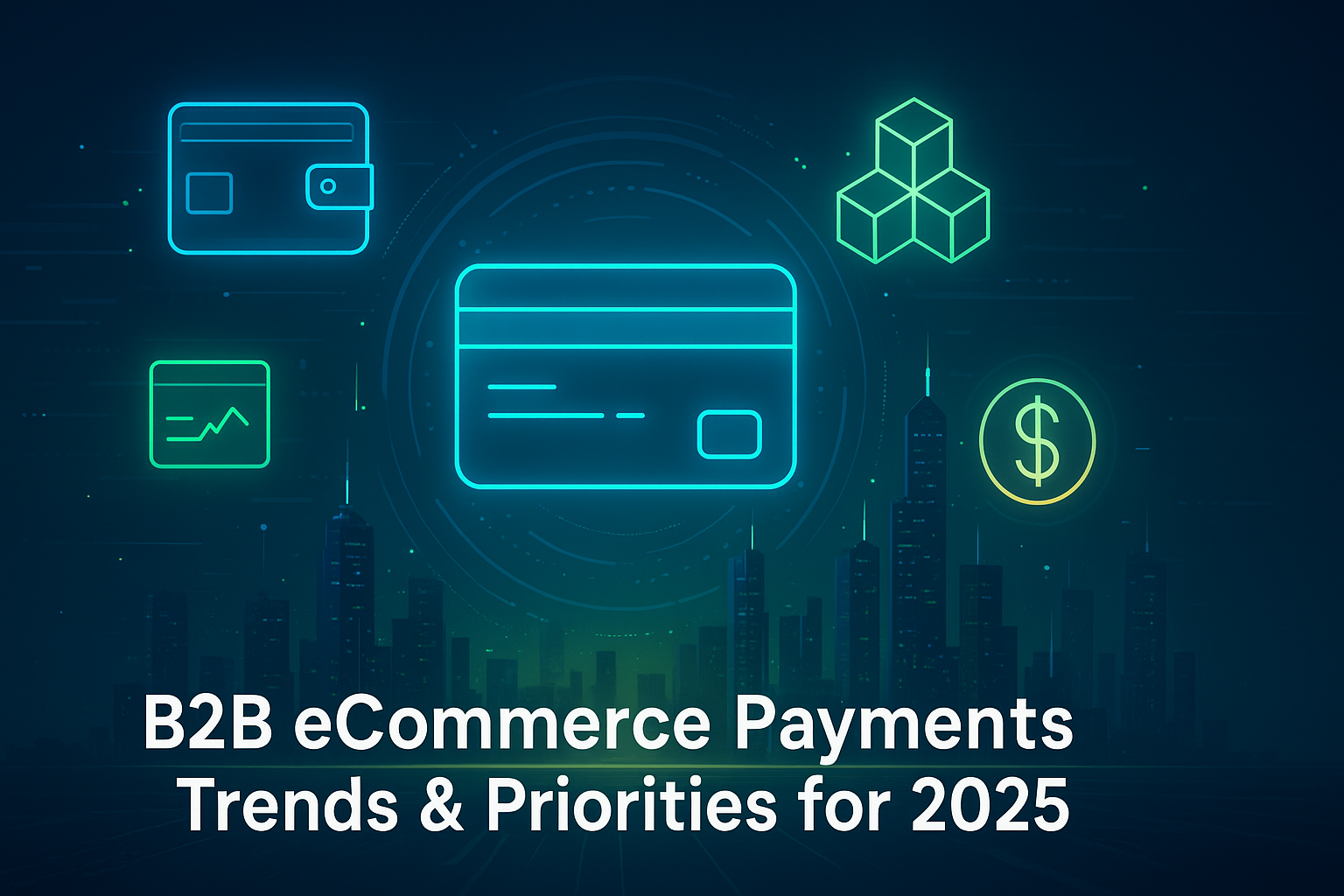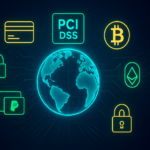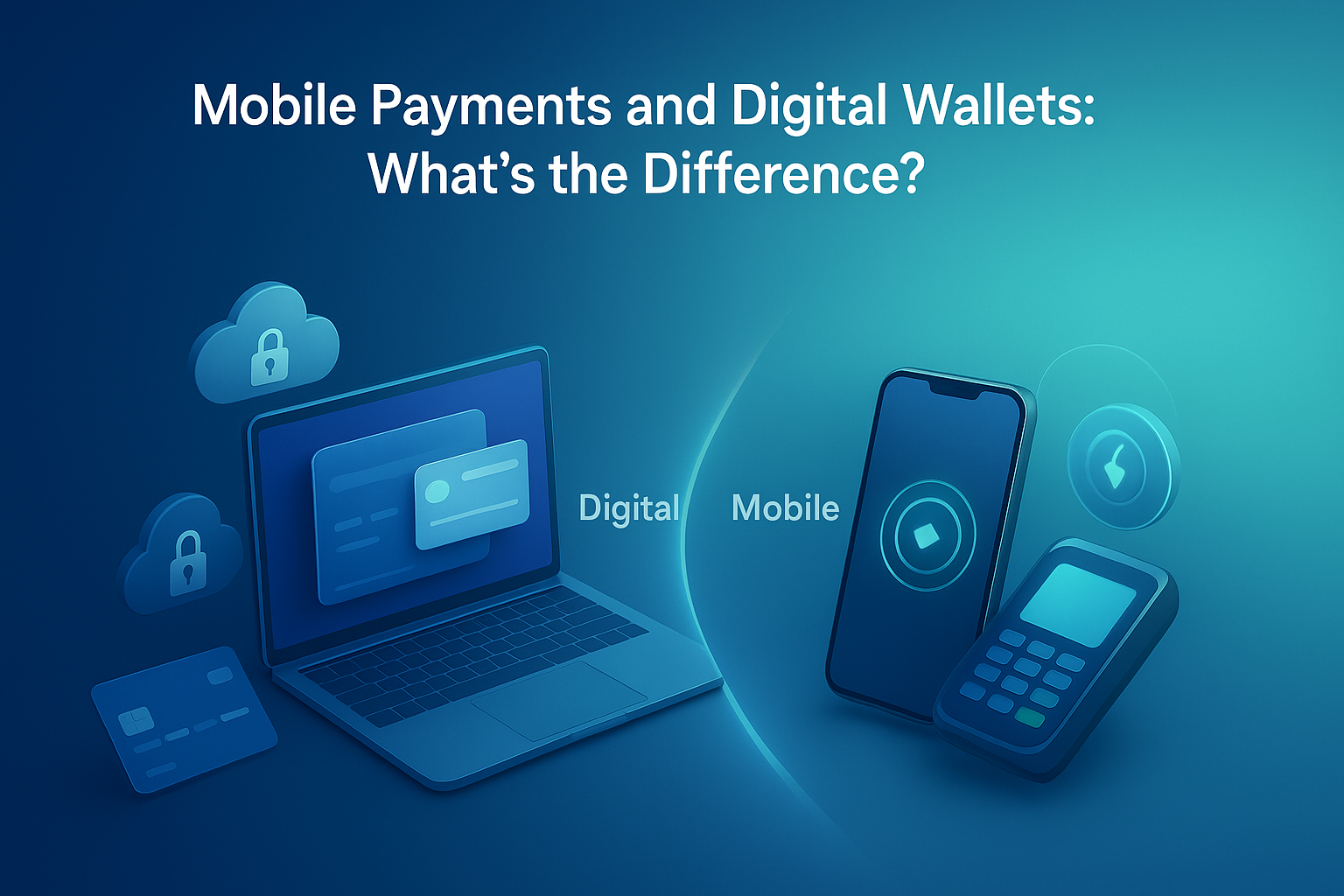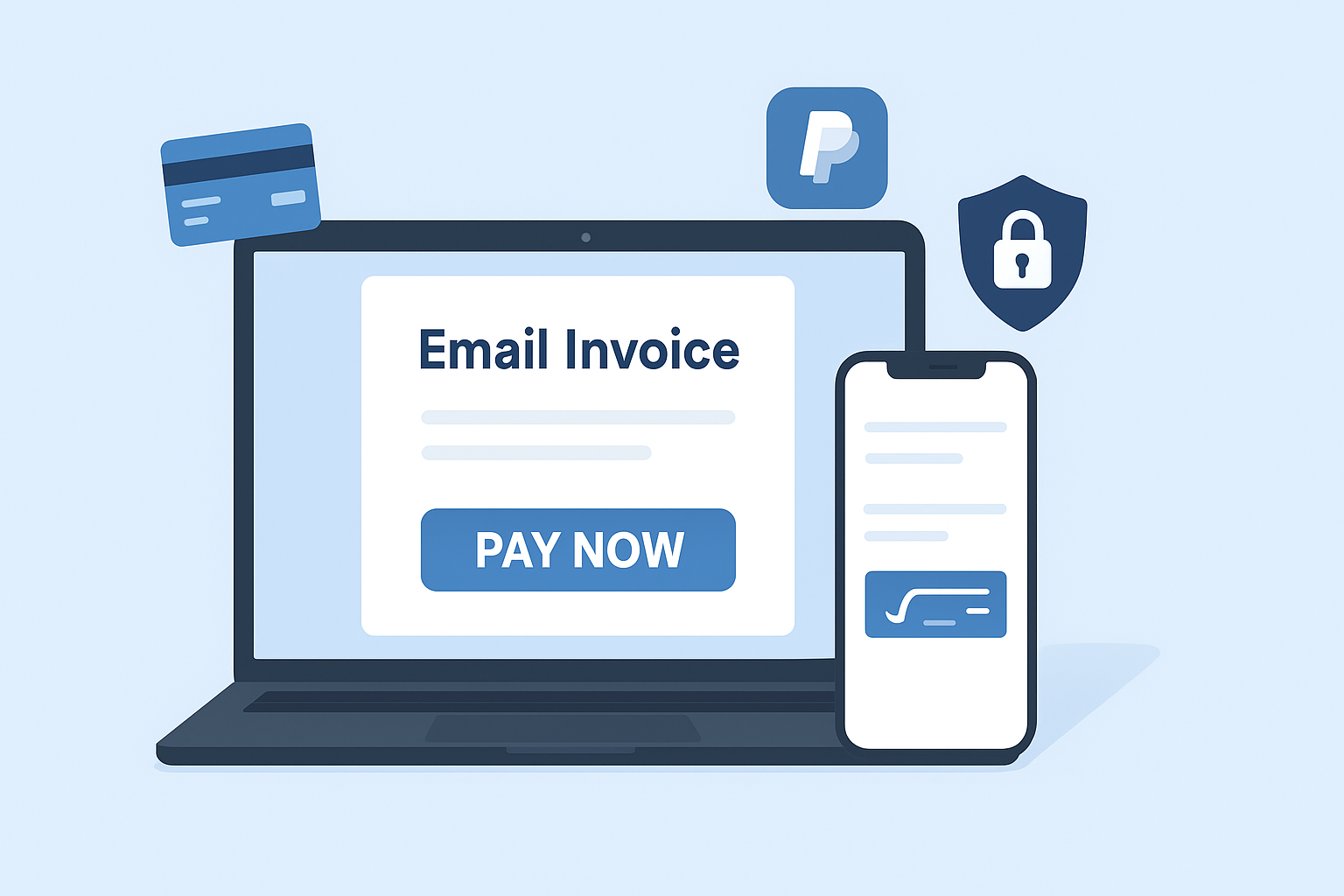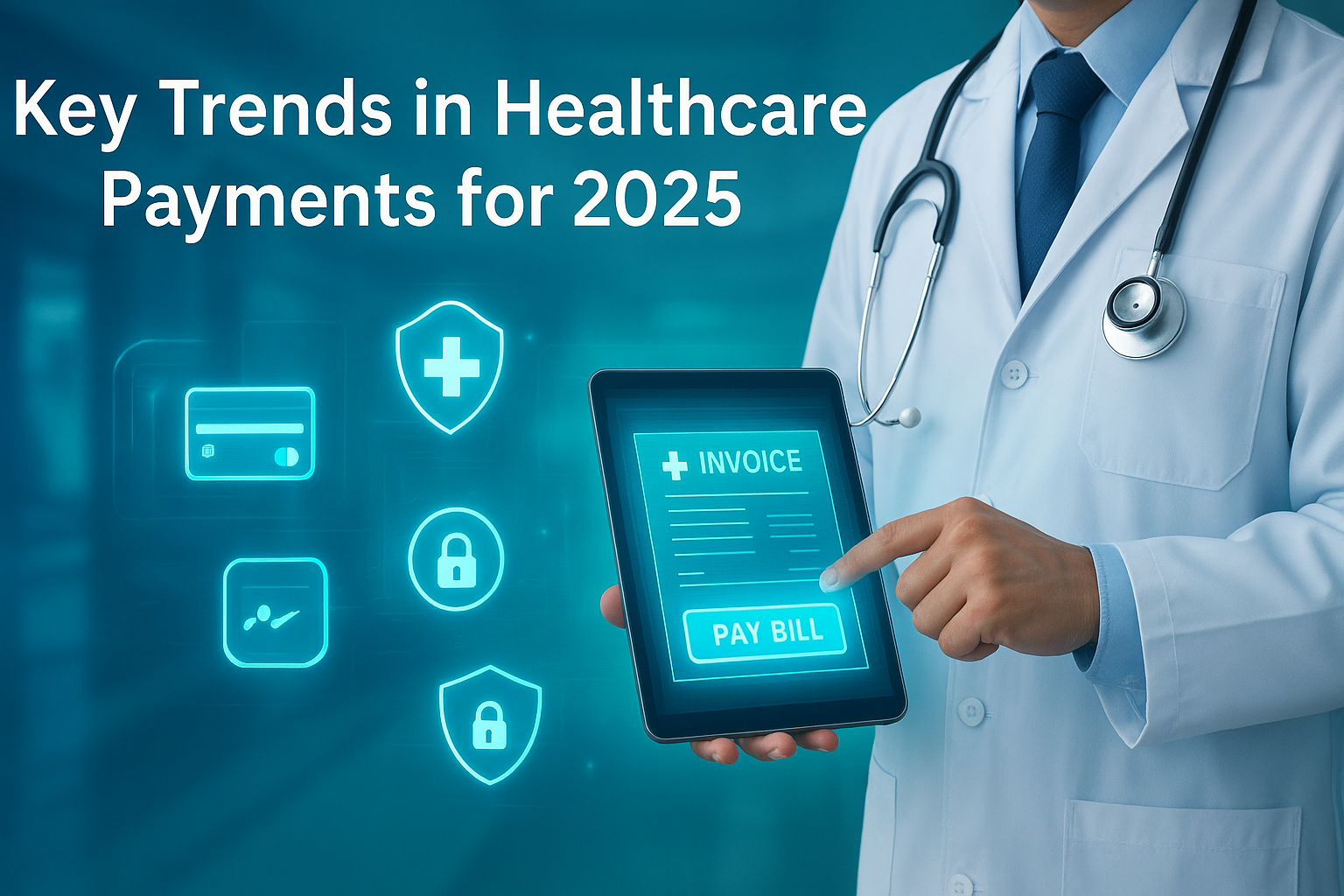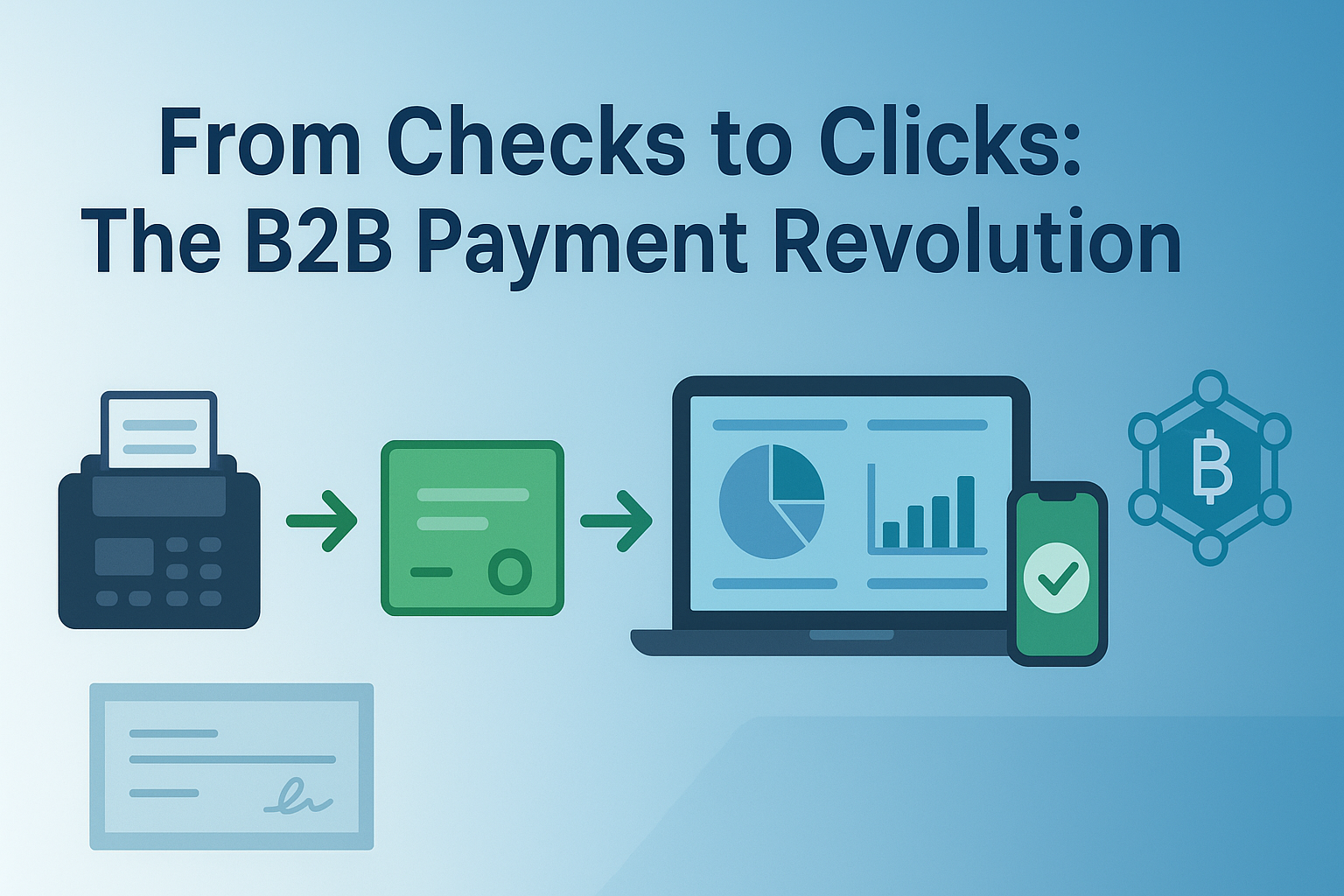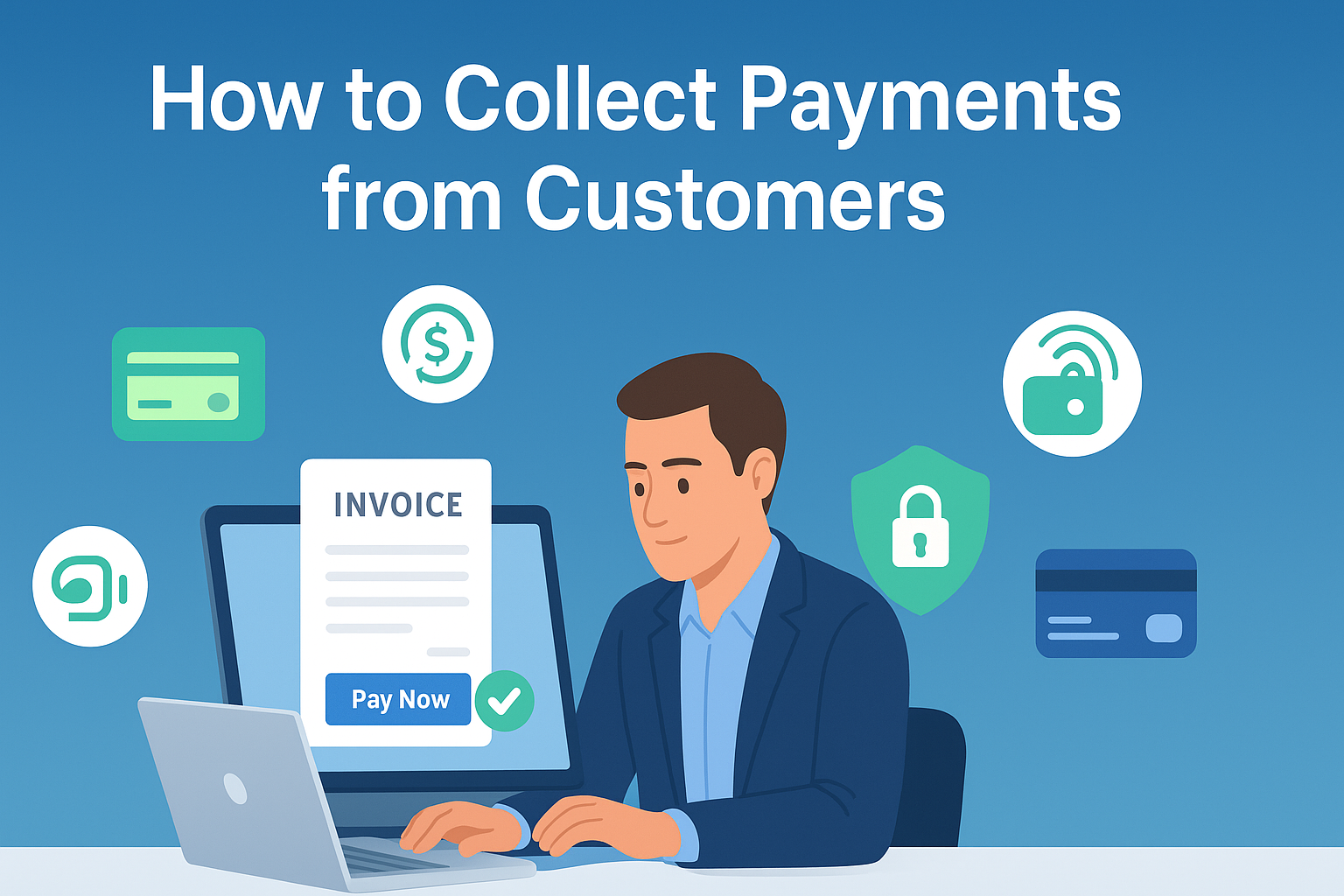If you’re a business dealing with B2B eCommerce, payments are no longer just about “send invoice, wait for cheque.” The landscape is shifting fast. In this blog, I’ll walk through where we are now (USD-based), what’s driving change, what risks to watch, where to focus, what new stuff is coming, and a practical roadmap you can follow.
Current State of B2B Payment Trends (USD-based)
Here’s a snapshot of what’s happening in 2024–2025 in the U.S. (and globally, where relevant) in B2B payments.
Digital Payments Replacing Paper Checks & Manual Methods
Many companies are still using checks, but adoption of ACH, real-time payments (RTPs), virtual cards, and automated invoicing is rising. For example, one report noted that approximately 40% of B2B payments in the U.S. are still made via checks.
Growth Of Real-Time Payments
Real-time payment systems are growing fast. The real-time payments market is projected to grow at a CAGR of about 35.4% from 2025 to 2032. (Resolve Pay) This means more businesses expect immediate or near-instant settlement.
Automation, E-invoicing, & Payables/Receivables Modernization
Automation isn’t new, but it is becoming essential. Some stats: the e-invoicing market is expected to grow ~20+% annually. Also, companies are slashing manual tasks (invoice matching, reconciliation, approvals).
Security, Fraud, & Compliance Emphasis Rising
With more digital payments come more threats. Businesses are more concerned about fraud prevention and risk management. Also, payment card data standards (PCI DSS / PCI compliance and security) are gaining attention. Many companies aren’t fully compliant. For example, in 2020, only ~43.4% of organizations were actively maintaining PCI DSS programs. (Investopedia)
Virtual Cards, Mobile Wallets, & Cross-Border Payments
Virtual cards are increasingly used in B2B for their control, flexibility, tracking, and security benefits. Mobile wallets are less dominant in B2B than B2C but are gaining traction, especially for smaller vendors or parts services. Cross-border is more complex but is being enabled by better FX, clearer remittance info, and more flexible rails.
Use Of AI & Data Analytics
Businesses are using AI/ML to detect fraud, optimize payment flows, predict cash flows, invoice matching, and reduce errors. Better analytics also give visibility into payments, helping risk management and decision-making.
Drivers Behind These Trends
Why are these changes happening? Here are the main forces pushing B2B payments forward.
- Speed & cash flow demands: Businesses want faster settlement because slower payments tie up working capital, hurt supplier relationships, and reduce the ability to respond.
- Cost pressures: Manual processing, paper checks, and late payments all have hidden costs. Automation and digital rails can reduce fees, labor, and errors.
- Competitive differentiation: Suppliers prefer working with buyers who pay on time or use modern, seamless systems. Offering smooth, secure payment options can be a differentiator.
- Technological capability: More SaaS platforms, fintechs, API-integrated payment gateways, cloud accounting tools, and real-time Payment rail technology make it technically feasible.
- Regulatory & compliance pressure: Data privacy, card data security, anti-fraud laws, PCI DSS updates, risk of fines or reputational damage force companies to improve their systems.
- Customer (vendor/supplier) expectations: Suppliers expect better visibility into when payments come, prefer virtual or electronic options, and want less friction (e.g., better remittance info, fewer manual follow-ups).
- Globalization & cross-border trade: As more businesses source or sell globally, they need payments that handle currency, regulation, time zones, and varying payment norms.
Challenges and Risks
All these trends bring huge opportunities, but also important pitfalls. Here are the challenges & risks you need on your radar.
Security & Fraud Risk
More digital transactions mean more vectors for fraud, data breaches, and account takeovers. If you don’t have strong fraud prevention and risk management, you could suffer large losses – both monetary and reputational.
Compliance Complexity
Keeping up with PCI compliance and security, data protection regulations (e.g., GDPR, CCPA), and local laws in different jurisdictions is hard. Version changes (like PCI DSS v4.0) require updates. Many companies lag.
Integration & Legacy Systems
Many businesses still have legacy accounting, ERP, or payment systems. Integrating new payment processing solutions can be costly, time-consuming, and fraught with hidden technical debt.
Costs & fees
While moving digital often saves money in the longer run, there are upfront costs: tech subscriptions, change management, staff training, fees from payment processors / virtual card providers, etc.
Vendor/Supplier Adoption & Change Management
If your suppliers are small, or slow, or in regions with weaker infrastructure, shifting to new methods (e.g., virtual cards, mobile wallets) may be harder. You need buy-in and sometimes to support them.
Cross-border/FX risk, Regulation Mismatch
Currency conversion, varying payment norms, and differing legal regimes create friction. Delays, remittance issues, and hidden fees can erode benefits.
Data Privacy & Risk Exposure
Store/transmit payment/card data poorly → liabilities. Security lapses can trigger major GDPR or state privacy law fines or irreversibly damage trust.
What Businesses Should Prioritize / Best Practices
Given the trends, drivers, and risks, here are what businesses should put at the top of their priority list now, with best practices to follow.
Ensure Robust PCI Compliance & Security
- Stay up to date with PCI DSS standards (the latest version, the requirements).
- Audit and validate your systems, vendors, and third-party processors. Ensure data encryption, secure storage, and transmission.
- Maintain compliance continually, not just as a checkbox.
Choose Strong Payment Processing Solutions
- Pick solutions/vendors that offer end-to-end visibility, good APIs, flexible payment rails, support for virtual cards, mobile wallets, and real-time payments.
- Evaluate total cost, security, and ease of integration.
- Invest In Fraud Prevention & Risk Management
Use AI/Machine Learning Tools To Detect Anomalous Behavior
- Implement multi-factor authentication, device & geolocation checks, transaction monitoring.
- Put in place policies & procedures for incident response.
Enhance Customer (Supplier) Experience
- Offer flexible payment options, transparent fees, and prompt dispute resolution.
- Provide dashboards or portals for vendors to see payment status.
Manage Cross-Border Payments Smartly
- Understand local regulations, FX fees, and settlement times.
- Use providers specializing in cross-border B2B where needed.
Emerging & Future Trends to Watch
Looking ahead, these are the things I believe will become more important (or might already be breaking ground) in the B2B payments space post-2025.
Blockchain/Tokenization & Digital Assets
Tokenized payments, stablecoins, and blockchain-based rails may begin to get more acceptance, especially for cross-border and high-value transactions, to speed settlement and reduce intermediaries.
Embedded Finance In B2B Platforms
More eCommerce or procurement platforms will embed payment solutions inside their platforms (so buyers/sellers don’t need to switch systems). Payment, financing, and even insurance might all be part of the same workflow.
Decentralized/Open Banking Models
APIs and open banking will push more competition among banks and payment processors. Companies will be able to plug in more options, compare rates in real time, and use aggregated rails.
More Real-Time Payments & Credit Flexibility
Not just real-time transfers, but more dynamic credit terms, instant settlement, maybe dynamic discounting (pay fast, get a discount).
Advanced Risk Scoring, Predictive Analytics
Using big data and AI to better predict which transactions are risky, which vendors might default, simulate cash-flow impacts, and adjust strategies dynamically.
Regulatory Tightening Around Privacy, Security, & Payment Data
Governments will continue to evolve requirements. Expect updates to PCI DSS, stronger enforcement, possibly new laws about payment data, identity verification, etc.
Sustainability / ESG Pressure
Vendors and buyers may prefer payment processors or partners who have strong ESG credentials or green certifications; also, more attention to paperless billing, reducing waste.
What Businesses Should Do First
If you want to get quick wins, here are some first actions to consider:
- Start by ensuring PCI compliance and security for any payment method you currently use. Even patching small vulnerabilities can avoid big risks.
- Audit your payment processor(s): are they offering the best processing solutions? Do they provide real-time or virtual card options?
- Implement one small automation: maybe e-invoicing, or matching vendor invoices automatically. Even that can save time and reduce errors.
- Deploy a fraud prevention layer: maybe a tool or service that flags suspicious transactions, or sets thresholds, alerts.
- Improve reporting & visibility: build dashboards for finance teams; have regular risk reviews.
Conclusion
To sum up: 2025 is a turning point for B2B eCommerce payments. Speed, security, automation, and risk management are no longer nice-to-haves; they’re must-haves. Businesses that lean in now, updating their payment processing solutions, ensuring PCI compliance and security, improving supplier/vendor experiences, will be those that gain trust, reduce costs, and stay resilient.

